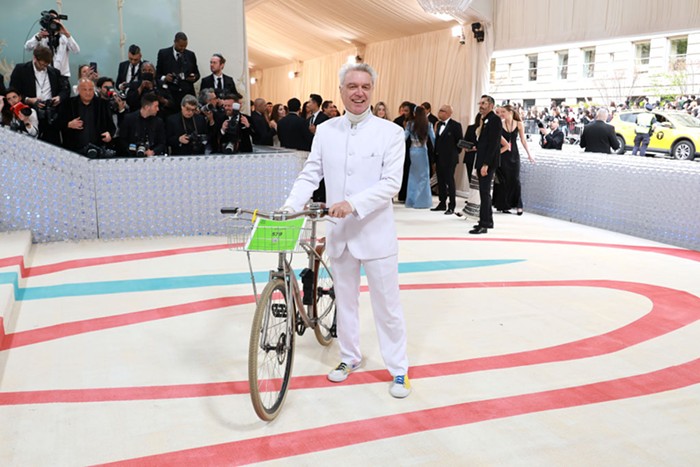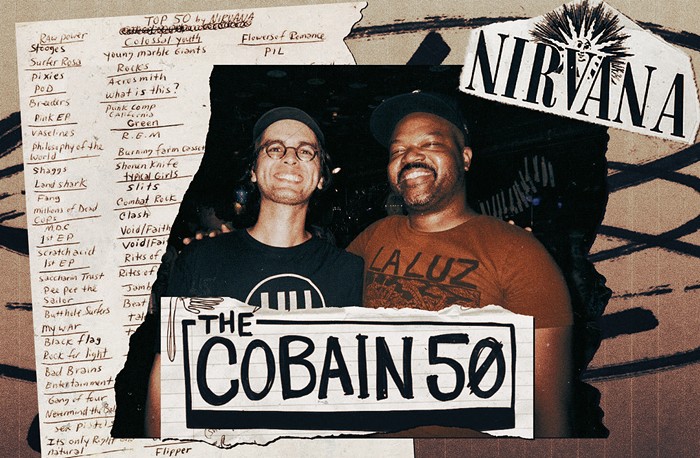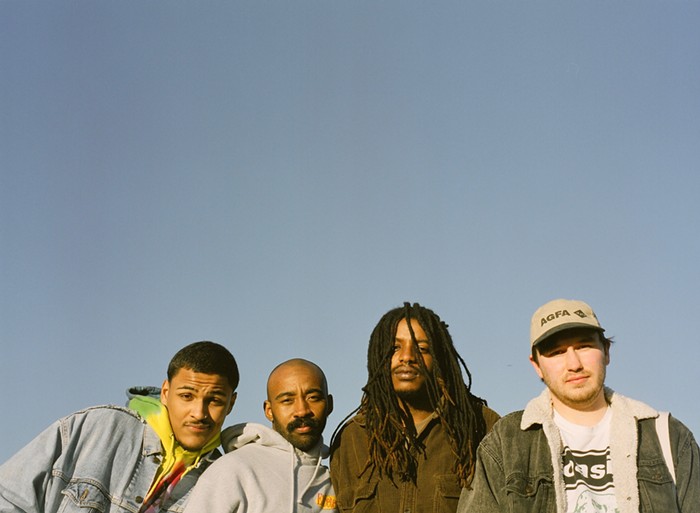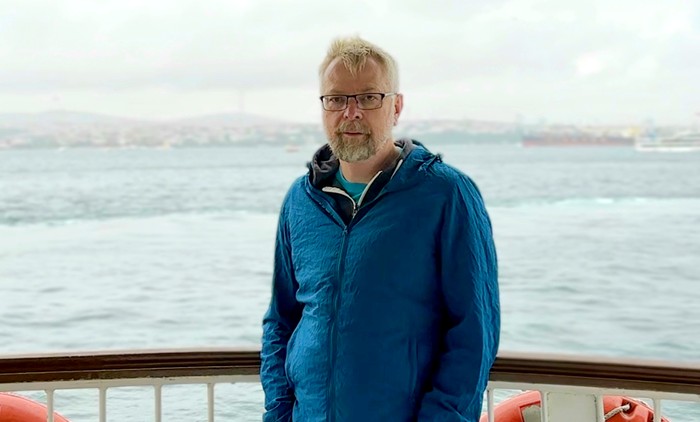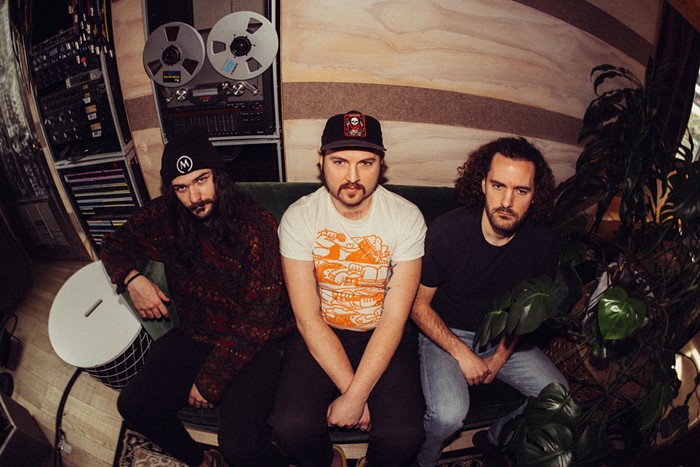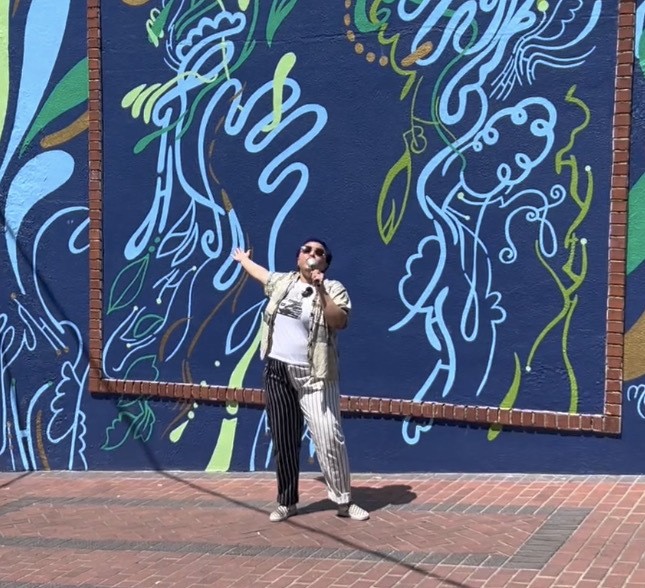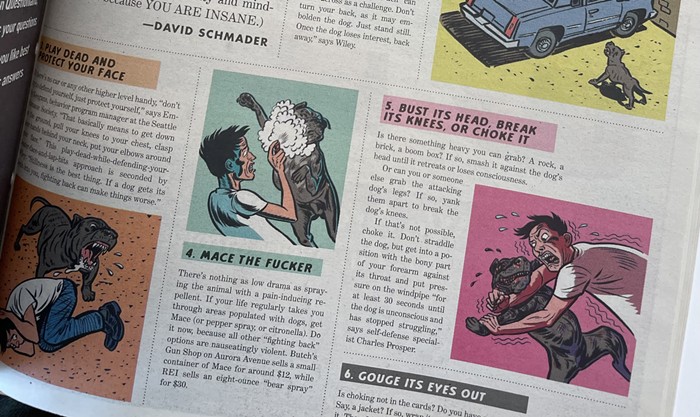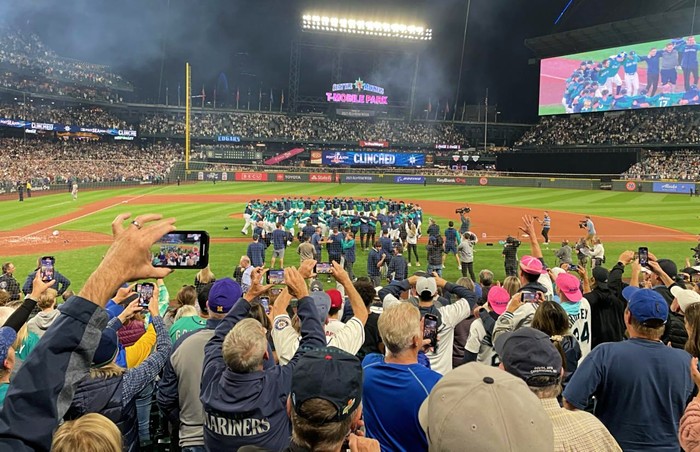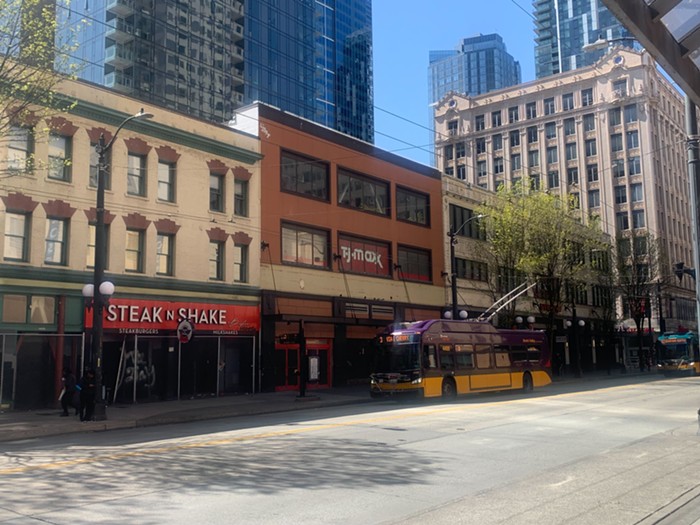"It's not just about finding a new sound, but finding the right process to change a sound," insists Matt Shoemaker, one of Seattle's preeminent makers of experimental electronic music. The distinction often means the difference between a rote, standard-issue piece and a breathtaking composition. Electronic processing seems easy; anyone can yell through a delay unit and with a flick of the dial (or mouse click) retain just the echo (called the "wet" part of the signal) to create an instantly strange atmosphere.
Shoemaker, by contrast, is a virtuosic sound sculptor, polyphonically embedding processes from imperceptible shifts to startling, jagged transformations. "A field recording of birds," he explains, "resonates with people—everyone recognizes it. Start changing it, filtering, and gradually subtracting certain frequencies so it sounds thin and raspy, then new, maybe scary, things emerge. Listeners hear that; the altered resonance becomes a specific feeling."
Our long conversation about field recordings, unorthodox transducers (yes, a metal tine can filter sound), and composing ("Everyone knows when there's too much reverb," he warns) deepens my regret about Shoemaker's upcoming move to the Bay Area. I don't know him well, but after we shared a gig at I-Spy back in 2000, I began following his releases avidly, including Warung Elusion (Trente Oiseaux), the regrettably impossible-to-find Forking Path Navigator (Oblast), and Spots in the Sun (Helen Scarsdale).
His upcoming farewell concert (Sat July 18, Chapel Performance Space, 8 pm, $5–$15 sliding-scale donation) not only marks his departure but celebrates the release of his latest disc, Erosion of the Analogous Eye (Helen Scarsdale). "For the first two pieces on Erosion, I was trying to imagine an orchestra of instruments," he says. "Some of the sounds are 'real' instruments—guitar and cymbals—but played differently and layered."
Indeed, Shoemaker so completely shrouds those "real" instruments that I cannot spot them anywhere on the album. What I do hear on Erosion is captivating. My favorite track, "Erosion A," begins with a slowly thawing siren. The wail widens, careening higher and lower with each breathlike cycle and dividing, a chilled meiosis, into subterranean throbbing and shimmering pure tones. By the end, it all evaporates into lonely, receding bells.
Live, Shoemaker's music is raw yet richly layered; he conjures the same sorcery, eliding field recordings and digital processing. Don't miss him.
The following night (Sun July 19, Meany Hall, UW Campus, 7 pm, $16–$19), the Northwest Mahler Festival Orchestra serves up richly detailed orchestral music: The funeral march from Wagner's Götterdammerung, the still-sexy "Dance of the Seven Veils" from the scandalous Salome by Richard Strauss, and Gustav Mahler's Symphony No. 6, which Seattle composer Phillip Arnautoff once described as "Mahler crucifying his audience with orchestral polyphony." ![]()

